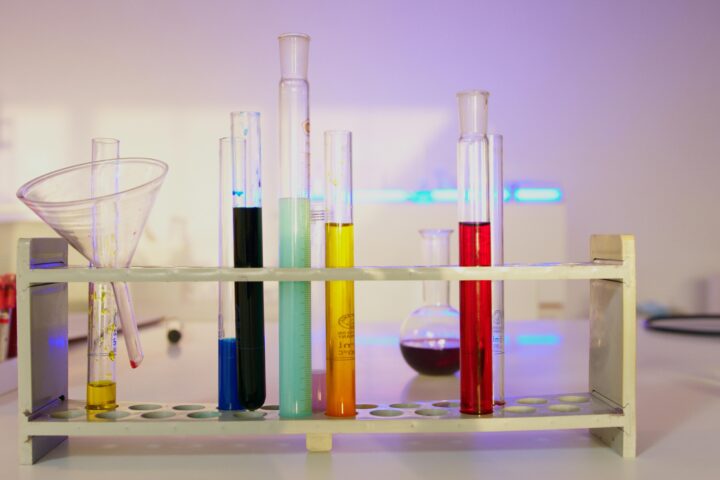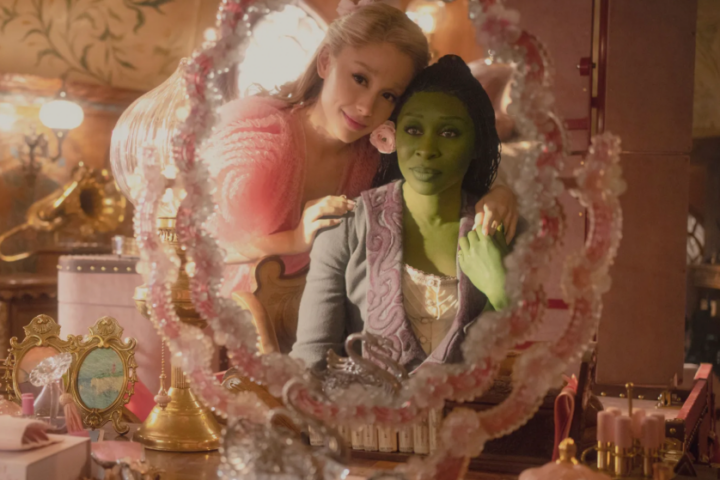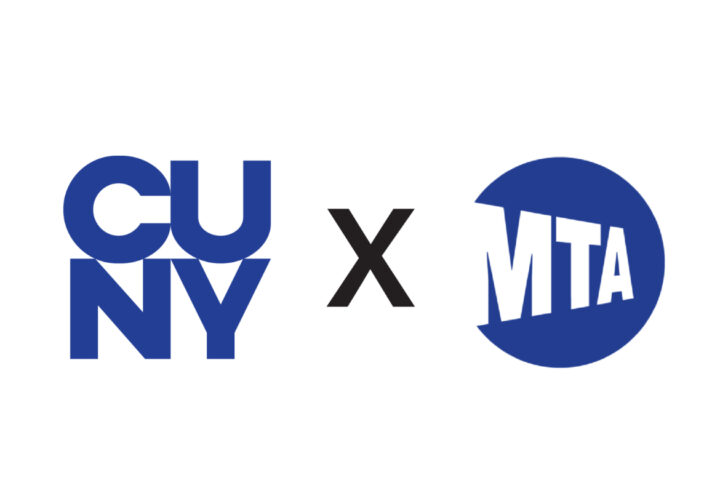The Big Buddy program was founded in 1989, by Arthur Salz, a professor of early elementary childhood education. He read in a newspaper report that there were 10,000 homeless children in New York.
“Obviously these children were going through a hard time in their life,” Salz said. “I wanted to do something to support them in this difficult time.”
This program connects Queens College students with elementary school children in transitional homes and works with the Jamaica Family Residence and the Briarwood Family Residence. The two coordinators of the program are Sheryl Marmon Halm, a retired principal, and Elizabeth Shneider, who was a former Big Buddy mentor.
Between 40 to 50 students apply to become a mentor for this program each year. Salz hosts an organizational meeting once a semester for people who have filled out the paperwork to be a Big Buddy. There are about 40 people per semester who can become a mentor for the program.
When the children meet with their mentors it is a one on one outing, however, sometimes it can extend to three big buddies and three children. Mentors have conducted various events for their children such as bringing them to the Museum of Moving Image, the Queens Museum and Hall of Science, or the Museum of Natural History.
Every Saturday, a mentor receives 14 dollars for transportation and meets with their buddy to do an enriching activity with them whether it’s traveling to Manhattan, visiting a museum, going to a park, or a street fair. The students also conduct a one hour reading class with their buddy on homelessness.
Aracelia Cook, a junior majoring in Urban Studies, is a current mentor in the Big Buddy program. Cook is a returning student from Laguardia Community College and a former volunteer at the Briarwood Family Residence transitional home before coming to Queens College and becoming a Big Buddy.
She has taken one of her buddies to the Empire State building, a place she visited as a child, which ended up playing an important part of her childhood. She said all of the children know her in the program and she makes sure she interacts with each and every one of them along with the families at Big Buddy program.
“Being a big buddy has been a reward- ing experience for me,” Cook says. “The children have a good time and I want these outings to mean something to the youngsters. I am here to ease the burden of what [these] families go through on a daily basis.”
Alicia Deng, a sophomore majoring in education and psychology, said this is her second semester in the program.
“The Big Buddy program is fun and shows you another perspective on how other people suffer although it might not look like it,” she said.
During the outing, the mentor takes photographs of anything the child is interested in. The children specifically tells the mentor what to take pictures of. After the outing, four to five pictures are printed out for the child to make a scrapbook. The child and the mentor then create a photo essay together of their experience from week to week on an index card, which the mentor reads back to the child.
The child also receives a $50 Barnes and Nobles gift card to pick out books.
“In some occasions, these are the only books that some of the children will ever own,” Salz continued, “We’re concerned with the children’s academic growth.”
The Big Buddy program runs throughout the academic year and students receive three college credits for taking part. For the last two years, the program has received a grant from the Pinkerton Foundations to do STEM activities with the children.
From 2015 to 2016, the Big Buddy program took their children to the Hall of Science in Flushing for six weeks, where they learned about electricity and created mini solar panels. The children also learned about the human body.
In the Fall of 2016, the students had three sessions at the American Museum of Natural History, where they studied dinosaurs and the evolution of dinosaurs into birds. They also had a lesson on space and learned about exoplanets.
This Spring, the children visited the New York Aquarium in Brooklyn and the Alley Pond Environmental Center in Queens, where they physically went into the pond wearing rubber suits and were provided with nets to dig up soil to find tadpoles, insects and may-fly larvae.
Every year, all of the bug buddies and their children come together for a hike at Harriman State Park in upstate New York. This is the first time some of the children have ever been in a Forest, Salz said.
Salz has also conducted strict research over the last 27 years on what the children were learning at the museums and has interviewed parents and teachers on the progress they have seen from their children after attending the Big Buddy program. One of the goals of the program is to eventually get the children to attend Queens College in the future, he said.
“Teachers have also come to me and told me how the children would rush up to them, telling them about their day with their Big Buddy,” Salz said. “Parents of these children have also spoken to me about the positive changes in their child’s life. They become more hopeful, upbeat and confident.”
If anone is interested in becoming a mentor, please email Arthur Salz, Arthur.Salz@qc.cuny.edu














